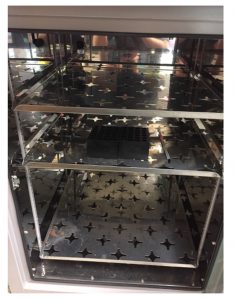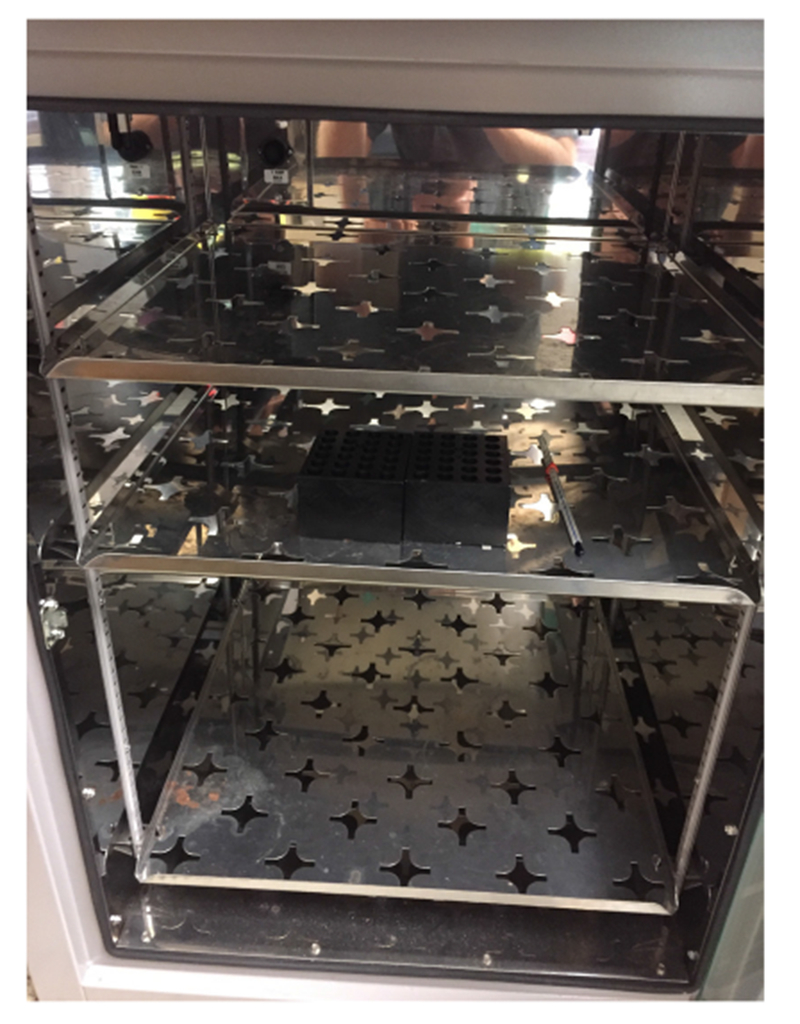Due to the exceptionally excessive mutation charges of RNA-dependent RNA polymerases, infectious RNA viruses generate intensive sequence range, main to some of the bottom boundaries to the event of antiviral drug resistance within the microbial world.
We have beforehand found that larger boundaries to the event of drug resistance could be achieved by way of dominant suppression of drug-resistant viruses by their drug-susceptible mother and father.
We have explored the existence of dominant drug targets in poliovirus, dengue virus and hepatitis C virus (HCV). The low replication capability of HCV required the event of novel methods for figuring out cells co-infected with drug-susceptible and drug-resistant strains.
To monitor co-infected cell populations, we generated codon-altered variations of the JFH1 pressure of HCV. Then, we might differentiate the codon-altered and wild-type strains utilizing a novel sort of RNA fluorescent in situ hybridization (FISH) coupled with movement cytometry or confocal microscopy. Both of these strategies can be utilized along with commonplace antibody-protein detection strategies. Here, we describe an in depth protocol for each RNA FISH movement cytometry and confocal microscopy.

Cryopreservation of hen blastodermal cells and their high quality evaluation by movement cytometry and transmission electron microscopy.
The aim of this examine was to consider impact of sluggish freezing and vitrification strategies on the viability of hen blastodermal cells (BCs).
Proper aliquot of remoted BCs have been diluted within the freezing medium composed of 10% DMSO and frozen within the freezing vessel BICELL to attain desired temperature up to -80°C. Then samples have been immersed in liquid nitrogen. Other cell aliquot was vitrified in resolution containing 10% DMSO and samples have been instantly immersed within the liquid nitrogen.
The viability of recent and frozen/thawed BCs was evaluated utilizing Trypan blue technique and movement cytometry. Flow cytometry evaluation was supplied by DRAQ5 dye together with Live-Dead equipment. Overall, this method offers each quantitative and qualitative details about BCs.
Results obtained from Trypan blue technique confirmed important variations (P < 0.05) between management (8.37 ± 1.04%) sluggish freezing (83.73 ± 2.72%) and vitrification group (84.39 ± 1.77%) within the share of Trypan blue constructive (necrotic) BCs. Moreover, variations (P < 0.05) between management and sluggish freezing (5.08 ± 1.94%, 73.31 ± 3.90%) and management and vitrification group (2.97 ± 0.30%, 79.02 ± 1.56%) in outcomes on portion of necrotic cells (DRAQ5+ /LD+ ) analyzed by movement cytometry have been additionally noticed.
The giant share of necrotic BCs was present in all freezing strategies. However, primarily based on ultrastructural evaluation, our examine confirmed, that BCs include lipid granules which forestall profitable freezing regardless that completely different strategies of cryopreservation have been used. Thus, freezing of BCs in all probability required subsequent tradition to get rid of lipid droples and yolk granules within the cells, which might probably enhance the success. © 2018 American Institute of Chemical Engineers Biotechnol. Prog., 34:778-783, 2018.

